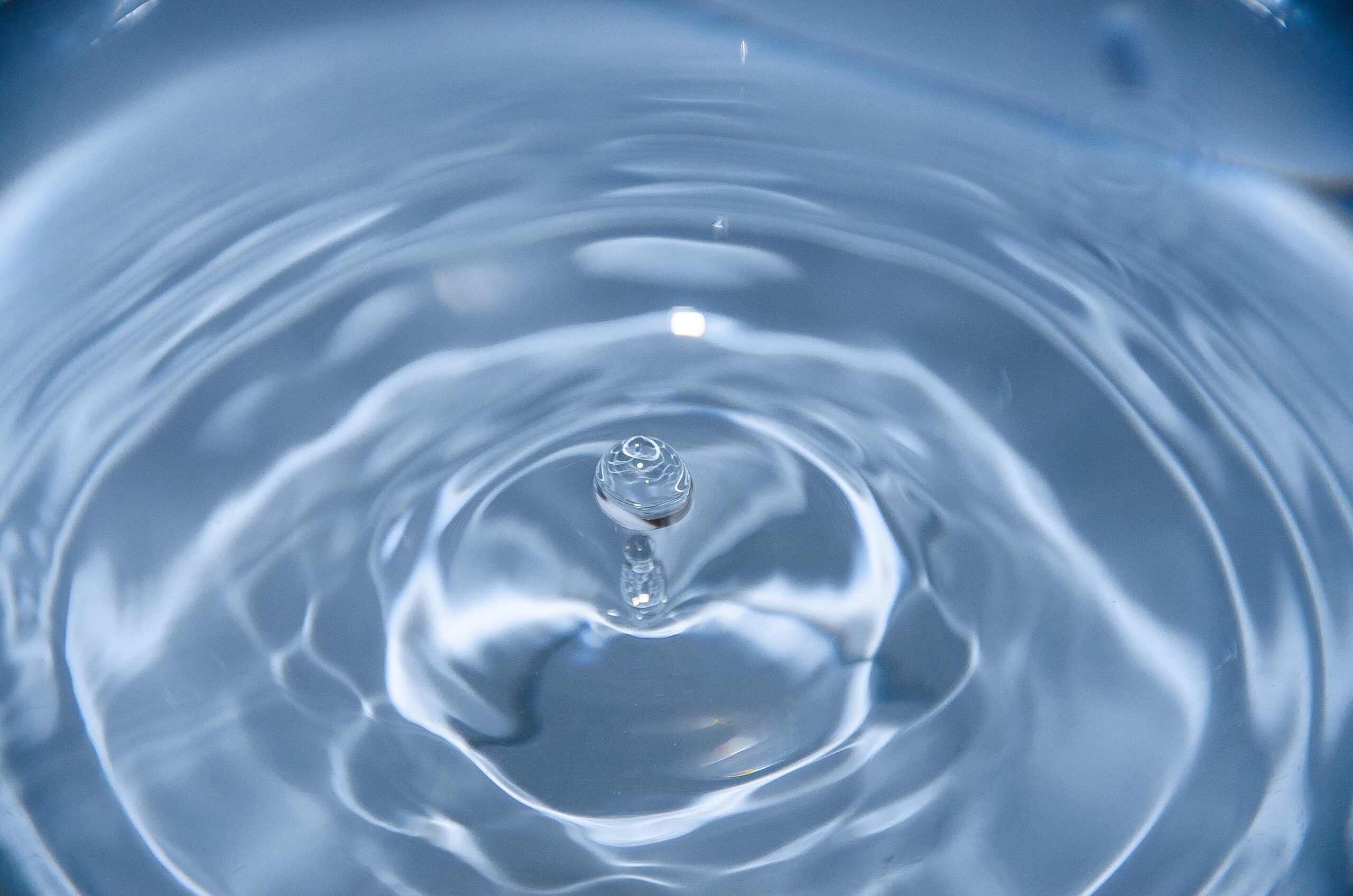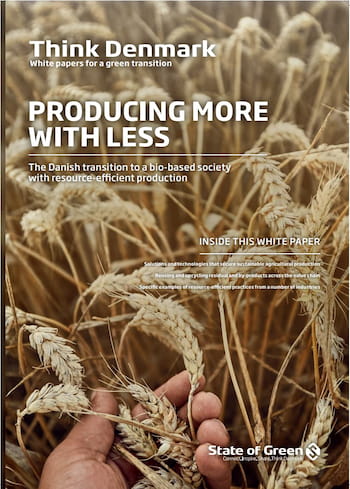Download our publication from producing more with less
This article is part of our publication ‘Producing More with Less’
Download nowPerspective
Water efficiency in industries


The Danish company HKScan has an ambition of reducing its overall water usage by up to 10 per cent in its poultry abattoir business. It can do so by directing the water it uses to rinse the chickens’ feet against the current. This surprisingly simple method allows for water reductions of 100m3 per day.
Water, energy and food production are intextricably linked. Agriculture is the largest consumer of the word’s freshwater resources and one quarter of global energy usage is expended on food production. At the same time, while population growth is slowing, an additional one billion people will be added to the globe by 2030.
Providing sustenance for these additional citizens without further straining water supplies or increasing energy consumption will be of paramount importance. In the small Danish town of Vinderup, with its approximately 3,200 inhabitants, poultry plays a key role, so much so that the there even is an annual chicken festival. The town is home to HKScan, which processes and prepares poultry for export. In recent years, HKScan has experienced increased demand for its products and has therefore expanded production. Although the company had already reduced water consumption by 20 per cent, it wanted to do more.

This article is part of our publication ‘Producing More with Less’
Download nowChicken feet are one of HKScan’s business lines. Before the feet can be packaged and exported, they are exposed to a lot of water – not only to soften them so the skin can be removed, but also to cool them down. In all steps of the process, clean water is used and then sent to the factory’s wastewater
treatment facility. In the new process, water is pumped counter-clockwise, so the water is moved from the clean processes in the cooling to the previously dirty processes. In this way, only clean water must be added to the last part of the process. It reduces both water consumption and produces less wastewater. Furthermore, the water temperature in the disposal process can be reduced from 55 to 35 degrees without affecting either hygiene or product quality, thus leading to energy savings.
With the new method, HKScan will be able to save 50 per cent of its daily water usage in its food production. This amounts to approximately seven per cent of the factory’s overall water consumption and saves almost EUR 100 per day in energy expanded on heating the water that cleans the chicken feet.
Resource and water-efficient industrial food production The company HK Scan is part of DRIP – the Danish partnership for resource and water efficient industrial food production. DRIP is a public-private partnership focused on water efficiency in the food industry, one of the largest water consuming industries in Denmark and globally.
The partnership consists of 14 food companies and five research organisations. DRIP seeks to develop new sustainable water and production technology solutions that can reduce water consumption in industrial food production by 15-30 per cent – without compromising on food safety or quality.
News
Energy efficiency in buildings
+21
News
Air pollution from industry production
+25